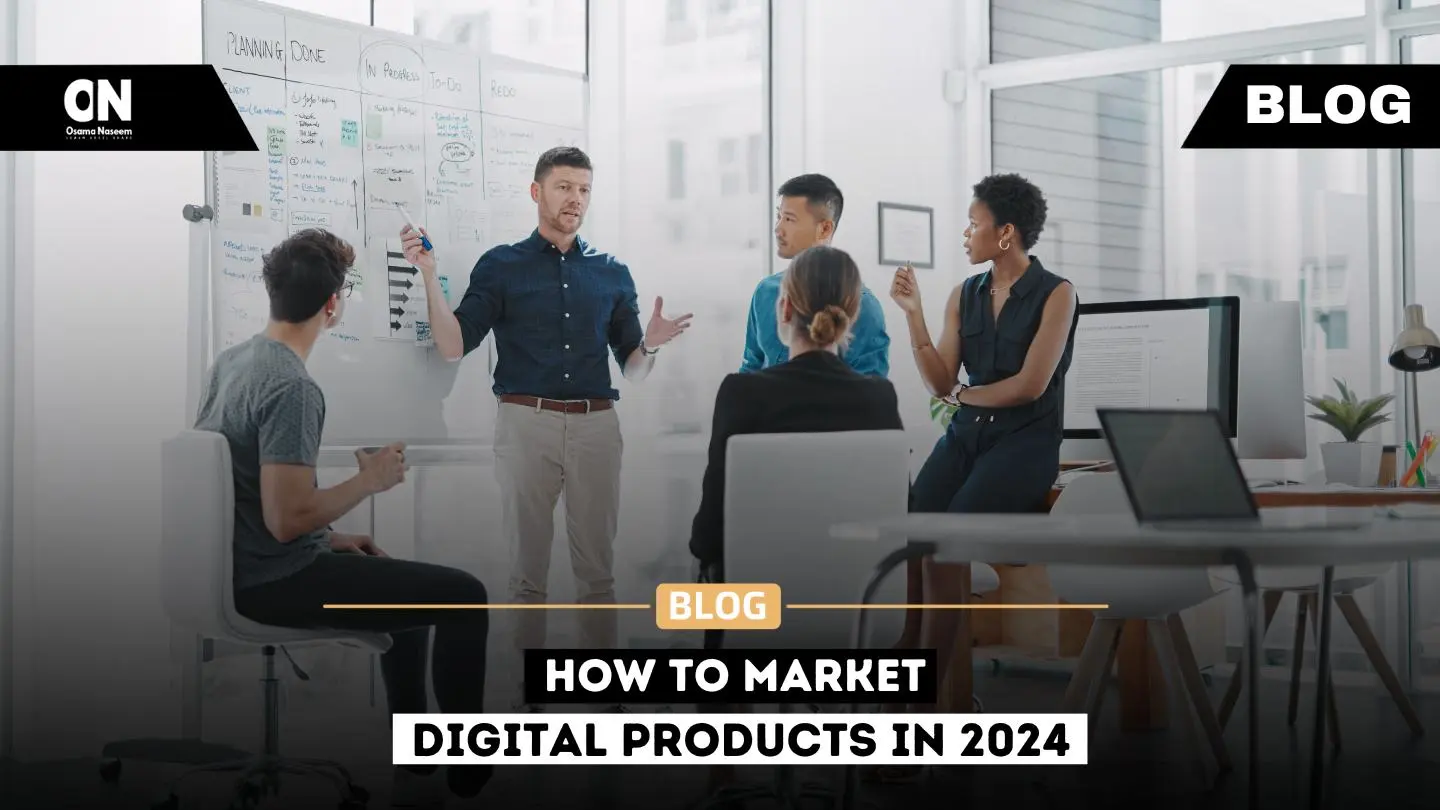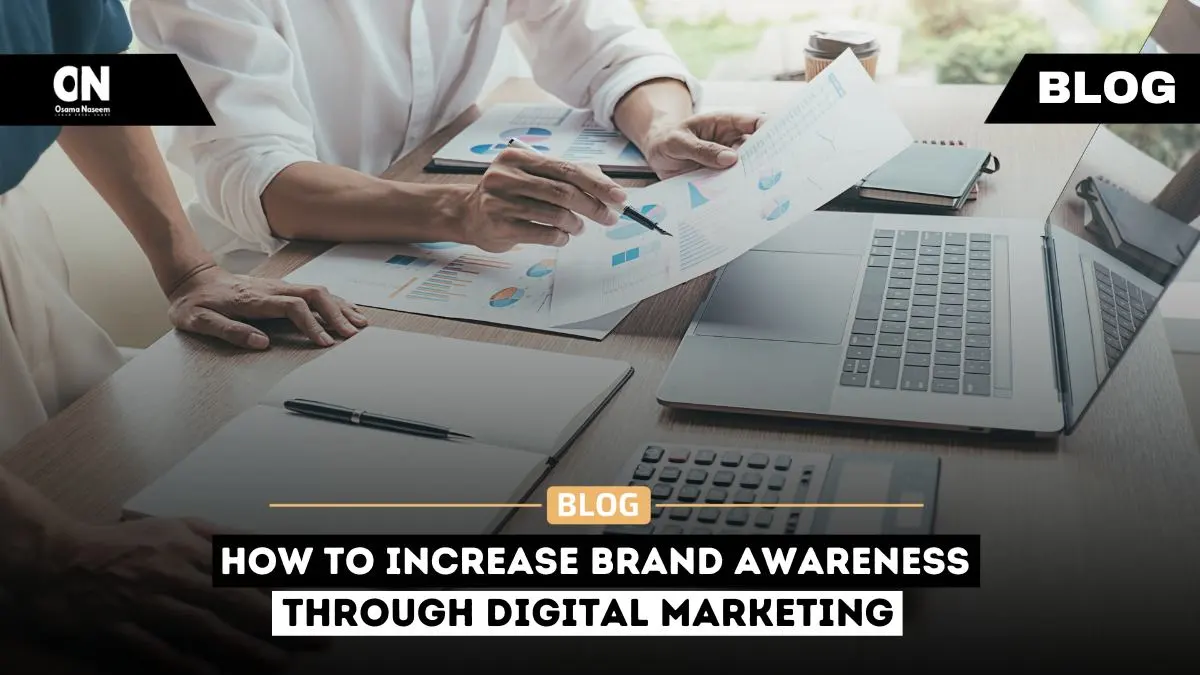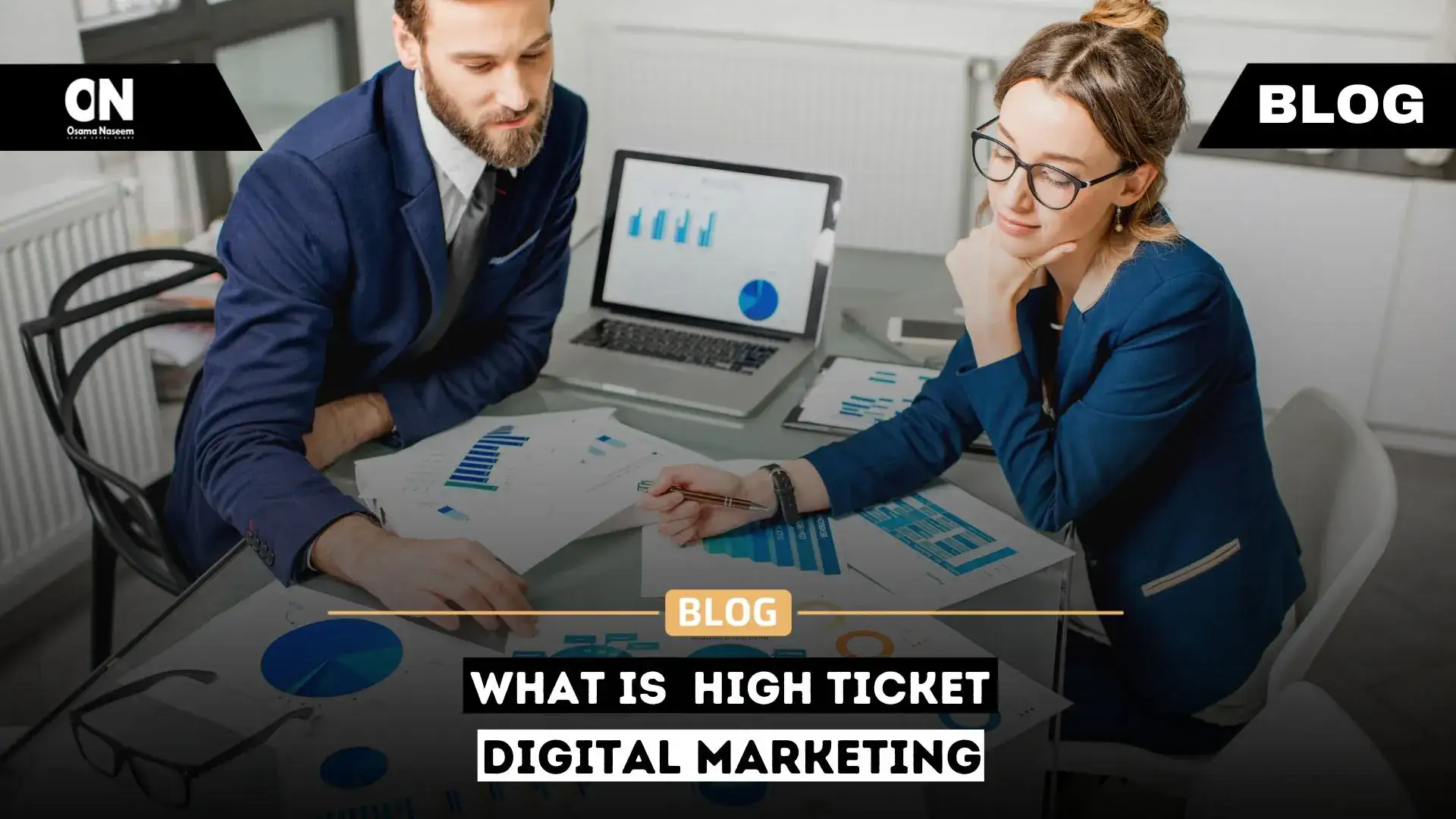Guide to Marketing Analytics: Everything you need to know in 2024
Marketing analytics is the process of collecting data related to marketing, analyzing the data across sources, and finding valuable insights that play an essential role in optimizing the goals of a business. Moreover, tools and strategies assist businesses in maximizing their time and budgets. They are also helpful in building better relationships with customers and …
Guide to Marketing Analytics: Everything you need to know in 2024 Read More »










